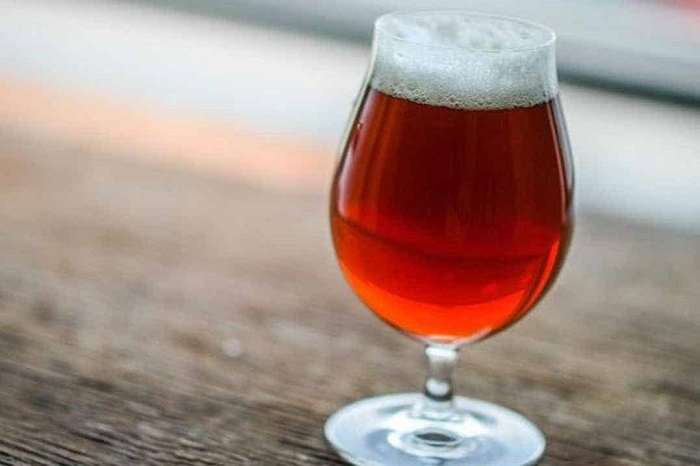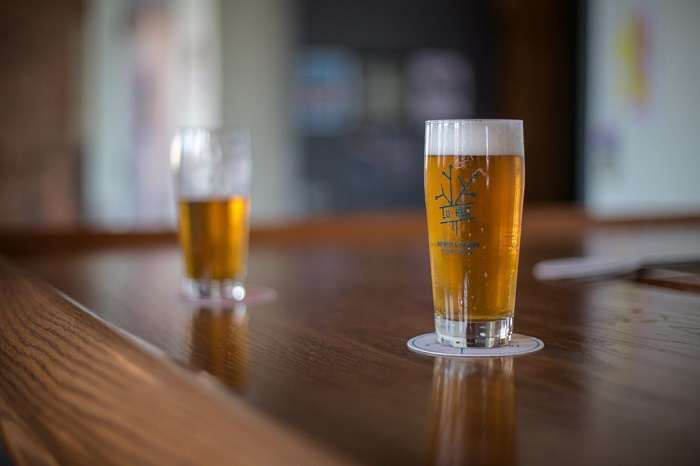Understanding Amber Ale: A Brief Overview
Amber ale is a versatile and approachable style of beer that sits comfortably between lighter ales and darker brews. Characterized by its amber to copper color, this ale boasts a malt-forward flavor profile, often complemented by a moderate hop presence. It strikes a balance between sweet maltiness and hop bitterness, making it a favorite among many beer drinkers.
The Key Characteristics of Amber Ale
- Color: Typically amber to copper in hue.
- Flavor: A harmonious blend of malt sweetness and hop bitterness.
- Malt Profile: Rich, toasty, and often caramel-like.
- Hop Presence: Generally moderate, enhancing but not overpowering the malt sweetness.
The Role of Malt in Amber Ale
The primary source of sweetness in amber ale comes from its malt profile. Let’s break down how different types of malts contribute to the ale’s characteristic sweetness.
1. Base Malts
Base malts, such as Pale Malt or 2-Row, form the backbone of any beer recipe, including amber ale. These malts provide the fermentable sugars that yeast will later convert into alcohol and carbon dioxide. They also contribute to the beer’s body and mouthfeel.
- Sweetness Contribution: Base malts themselves are not very sweet but provide the necessary fermentable sugars. The sweetness in amber ale comes more from the specialty malts added later.
2. Specialty Malts
Specialty malts are where the magic happens. These malts add complexity and sweetness to the beer. Some common specialty malts used in amber ale include:
- Caramel/Crystal Malts: These malts are kilned at high temperatures to caramelize the sugars, creating a sweet, toasty flavor. They contribute significantly to the sweetness and body of amber ale.
- Caramel Malt: Adds rich, caramelized sugar flavors.
- Crystal Malt: Provides sweetness and enhances the beer’s mouthfeel.
- Munich Malt: This malt adds a bready, slightly sweet flavor that complements the caramel malts.
- Victory Malt: Toasted to a medium-dark color, this malt adds a nutty, biscuity sweetness.
3. Roasted Malts
While not as prominent in amber ale as in darker beers, some recipes include a small amount of roasted malts. These malts contribute subtle notes of chocolate or coffee, adding complexity without overshadowing the malt sweetness.
The Influence of Hops
Hops are known for their bitterness, but they also play a role in balancing the sweetness of amber ale. Understanding the interplay between hops and malt is crucial to appreciating the flavor profile of this ale.
1. Hop Varieties
Different hop varieties contribute distinct flavors and bitterness levels to amber ale. Common varieties include:
- Cascade: Offers floral and citrusy notes that can balance malt sweetness.
- Centennial: Provides a balance of bitterness and a hint of citrus.
- Willamette: Adds earthy and woody notes, complementing the malt sweetness.
2. Hop Timing
The timing of hop additions during brewing affects their impact on the final beer. Hops added early in the boil contribute more bitterness, while late additions and dry hopping impart more aroma and flavor without as much bitterness.
- Bittering Hops: Added at the beginning of the boil, these hops balance the sweetness of the malt.
- Flavor and Aroma Hops: Added later, they enhance the beer’s aroma and flavor, contributing to a balanced profile.
Yeast and Fermentation: The Final Touch
Yeast is responsible for converting the fermentable sugars into alcohol and carbon dioxide, but it also influences the final flavor of amber ale.
1. Yeast Strains
Different yeast strains can affect the sweetness and overall character of the beer. Amber ales typically use American or English ale yeasts, which offer clean fermentation profiles and mild fruity esters.
- American Ale Yeast: Produces a clean, neutral flavor, allowing the malt sweetness to shine.
- English Ale Yeast: Adds subtle fruity esters that can complement the malt sweetness.
2. Fermentation Temperature
The fermentation temperature plays a crucial role in yeast performance and flavor development. Cooler fermentation temperatures tend to produce cleaner flavors, while warmer temperatures can lead to more esters and fruity notes.
The Art of Brewing Amber Ale
Brewing amber ale is both a science and an art. The balance of ingredients and brewing techniques results in a brew that is both sweet and satisfying. Here are some key aspects of brewing amber ale that contribute to its sweet flavor:
1. Mash Process
The mash process, where malted grains are steeped in hot water, converts starches into sugars. The temperature of the mash affects the sweetness and body of the beer.
- Higher Mash Temperatures: Lead to more unfermentable sugars, contributing to a sweeter, fuller-bodied beer.
- Lower Mash Temperatures: Result in more fermentable sugars and a drier finish.
2. Boil Time and Hopping
The duration of the boil and the timing of hop additions impact the final flavor. A longer boil can concentrate the malt flavors, while strategic hopping balances sweetness with bitterness.
3. Aging and Conditioning
Amber ale benefits from aging and conditioning, which allows the flavors to meld and mature. During this time, the sweetness of the malt can become more pronounced as the beer settles.
Related Post:
Walmart to Charge for Self-Checkout: A Deep Dive into the Retail Giant’s New Strategy
Leader of the Government in the Australian Senate: Role, Responsibilities, and Importance
Chicago Cubs vs Texas Rangers: Match Player Stats Breakdown
Amber ale is a delightful brew that combines the art of brewing with the science of flavor. Its sweet character is a result of a carefully balanced combination of malt, hops, yeast, and brewing techniques. From the caramel and crystal malts that provide rich sweetness to the hops that balance and enhance the flavor, every element plays a role in creating this beloved ale.




